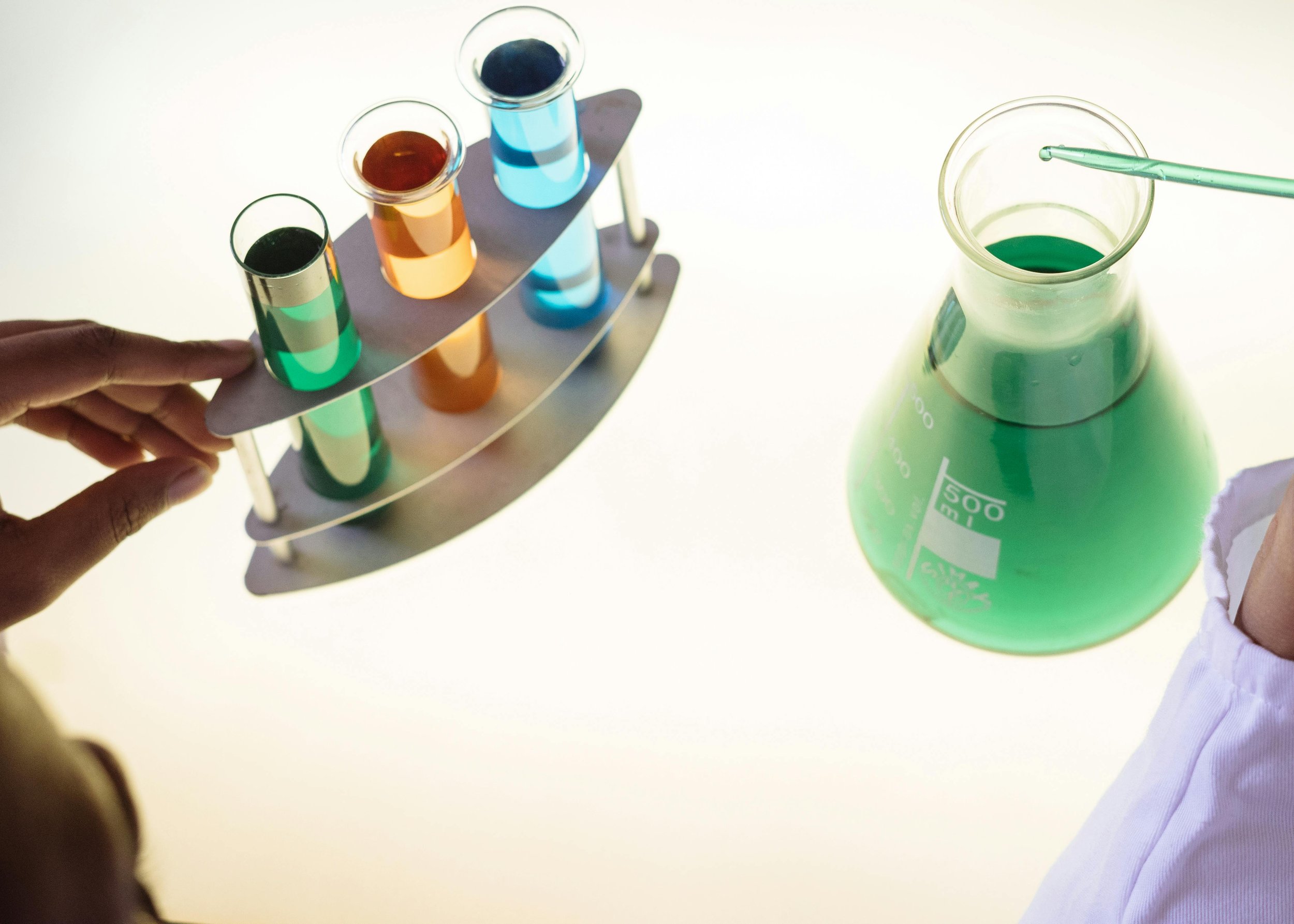EU Chemicals Industry Action Plan
What the EU Chemicals Industry Action Plan and Simplification Package Mean for Cosmetics
The European Commission’s Action Plan for the Chemicals Industry and accompanying Simplification Package, published on 8 July 2025, aim to strengthen the EU chemical sector by improving competitiveness, resilience, and sustainability while maintaining high safety standards. Of particular interest to the cosmetic industry is the Simplification Package which proposes to streamline regulations, including the Cosmetics Regulation, by reducing administrative burdens, and introducing more efficient, risk-based procedures for approving cosmetic ingredients such as colorants, UV filters, and CMR substances. For the cosmetics industry, this means timely, clearer regulatory processes, reduced ambiguity and potentially greater timelines for compliance.
Below is a summary of the aspects of the Cosmetics Regulation addressed by the package and the proposals in the accompanying draft regulation.
1. Clearer Procedure for Authorising Cosmetic Ingredients
A substance can only be used as a colorant, preservative, or UV filter in cosmetics if it is listed in Annexes IV, V, or VI of the Cosmetics Regulation (CPR) respectively but there is no clear or consistent process for adding substances to these lists.
The simplification package proposes to add a new article (Article 14a) which will outline the steps involved and define the role of the European Commission and Scientific Committee on Consumer Safety (SCCS).
2. Reforming Article 15: Use of CMR Substances
Article 15 of the CPR bans substances classified as carcinogenic, mutagenic, or reprotoxic (CMRs) under Annex VI of the CLP Regulation, unless an exemption is granted by meeting specific criteria:
Category 2 CMRs: assessed as safe by the SCCS.
Category 1A/1B CMRs:
The substance meets food safety standards.
No suitable alternatives exist.
The application specifies product type and exposure.
The SCCS confirms safety, considering total exposure from all sources.
The burden on industry and the process is increasing with many more CMR proposals being made under the chemicals legislation in 2024 as well as an anticipated increase in the future.
Two clear challenges are identified:
short timelines involved between hazard classification publication within the CLP Regulation and consequential prohibition in cosmetics meaning industry defense must begin based on draft CMR proposals which are not yet finalised.
many substances used in cosmetics are not intended to be ingested and may not be assessed by the European Food Safety Authority (EFSA)
The simplification package proposes to simplify the derogation criteria for CMR 1A/1B substances removing the criteria related to food safety and clarifying with regards ‘no suitable alternative’. The package also proposes to provide a greater time period for the submission of a derogation request or compliance with introduced bans and restrictions, in addition to clarification on out-of-scope classifications such as classification based on inhalation only. These changes could have significant positive impact for the industry as more and more vital ingredients are becoming classified as CMR.
Note: The general prohibition of CMR substances remains in place under this proposal.
3. Simplifying Nanomaterial Notification Requirements
Products containing nanomaterials (other than colorants, UV-filters, preservatives or nanomaterials in conformity with the requirements in its Annex III) must currently be notified to the Commission six months prior to being placed on the market.
With these requirements to notify the product(s) and to incorporate the consideration of the nanomaterial size in the safety assessment of the finished product, the burden of proof is duplicated. The simplification package proposes to remove the notification requirement under Article 16 and ensure all relevant aspects form part of the Cosmetic Product Safety Report under Annex I, so removing the duplication.
4. Updating Ingredient Labelling: The Cosmetic Glossary
Article 33 currently requires that the names used for ingredient labelling are published via Commission Decision in the Official Journal. Updated versions have so far been published in 2019, 2022 and 2025 despite the regular revision and introduction of new Ingredient Nomenclature of Cosmetic Ingredient (INCI) names by the Personal Care Products Council (PCPC), on which the glossary is based.
The simplification package proposes to remove the glossary from use in favour of ‘internationally recognised nomenclature’.
What Happens Next?
No timeline is currently attached to the proposals relating to the Cosmetics Regulation.
The Omnibus is expected to be subject to examination by the European Parliament and the Council in the coming months. During this period, each institution may propose amendments to the text. At Bloom we will be monitoring the progress of these proposals. If you would like to receive updates on this and other regulatory proposals and amendments, you may be interested in subscribing to our regulatory update services, available for ingredient and/or regulatory issues. Bloom also offers training on the EU chemical regulatory landscape dedicated to cosmetics businesses to support employees and departments to address those issues and anticipate reformulations.
Amanda Isom

